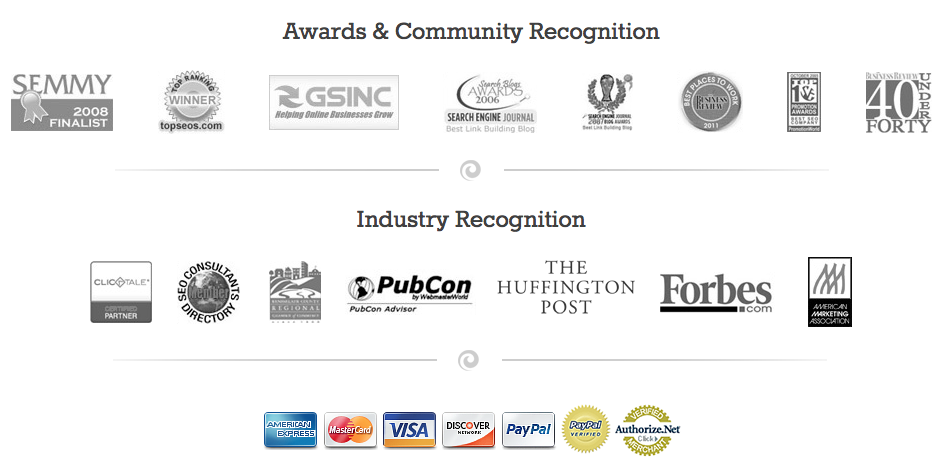In the past, accumulated and valuable linkage data often drove “older” pages to the top of search engine rankings. The same pages appeared over and over, even if their content was dated or outmoded. However, in an effort to drive users to newer sites with more up-to-date content, Google instituted new algorithms in 2009 that rated sites not only on content but also on that quality known as “freshness.” The QDF, or Query Deserves Freshness, algorithm is one such example. In late 2011, Google significantly increased the use of freshness as a factor in raking web page so that users would find their search results more relevant and closer in line with contemporary needs.
Google states that approximately 35 percent of searches are affected by substantial content changes to websites, and that six to 10 percent of user search query results have changed significantly in response. The change implies that developing fresh content is extremely relevant for SERPs.
The road to freshness ratings has not been without pitfalls. Until recently, there were no reliable methods to distinguish how often pages were updated. While attributes such as “last-modified-since” have been available for some time, they did not necessarily indicate significantly new content. A single word update could trigger the LMS attribute. [Read more…] about Do You Know Your Freshness Score?

